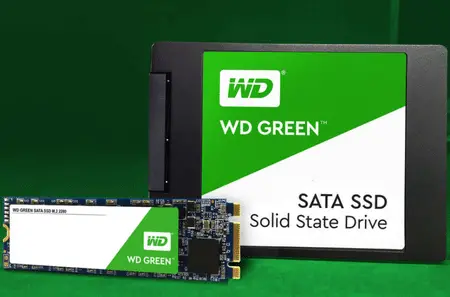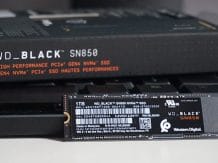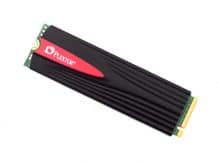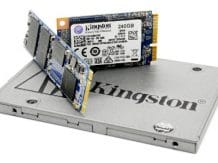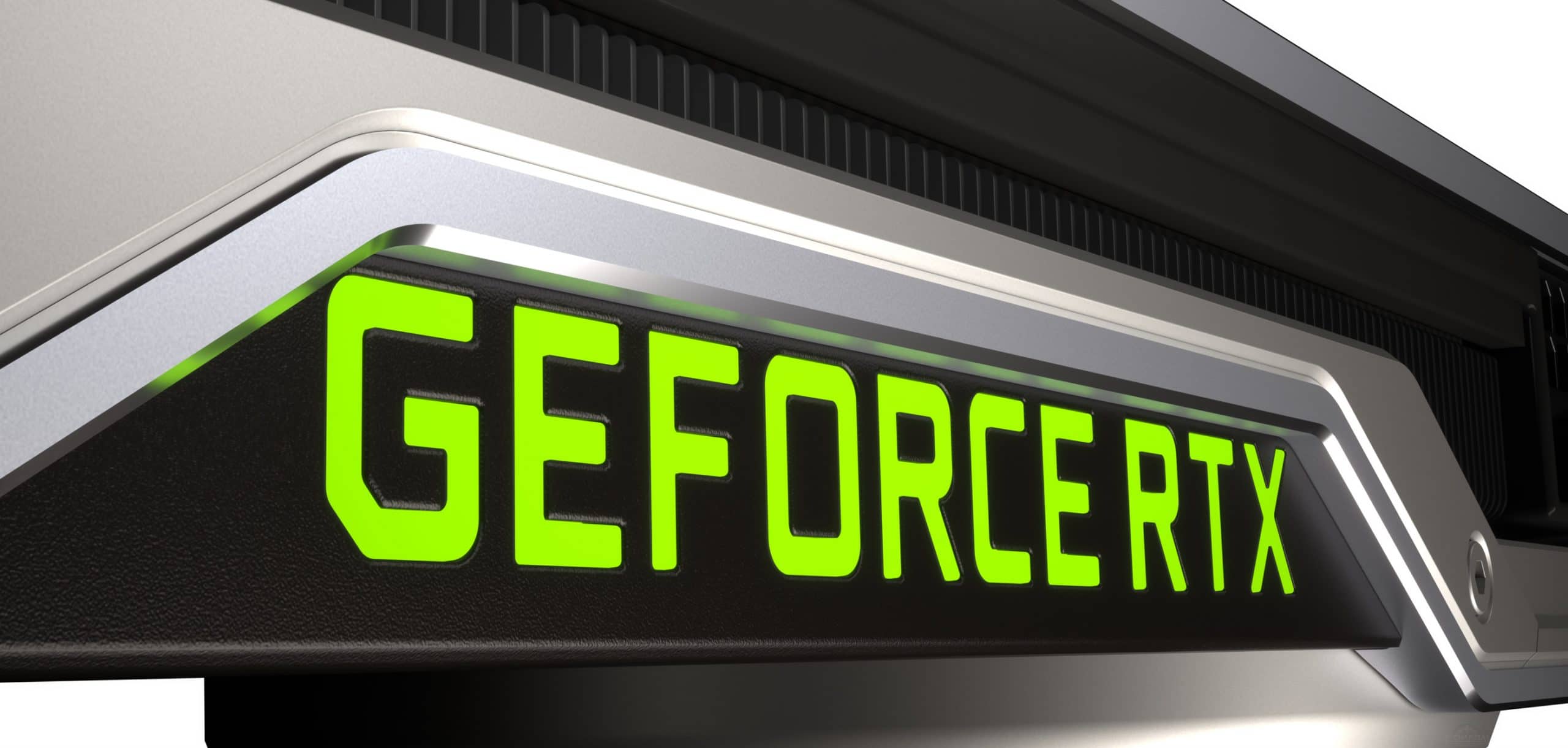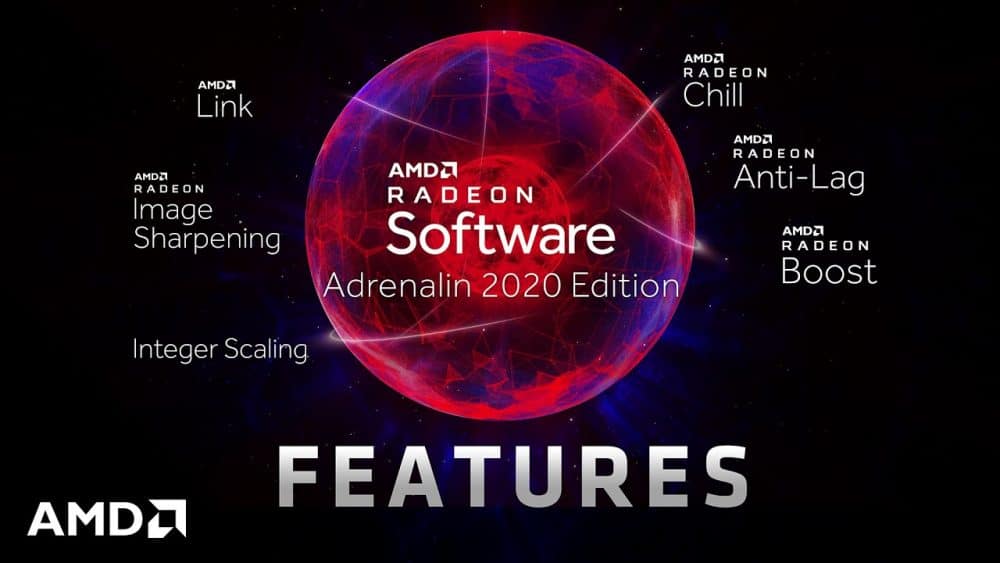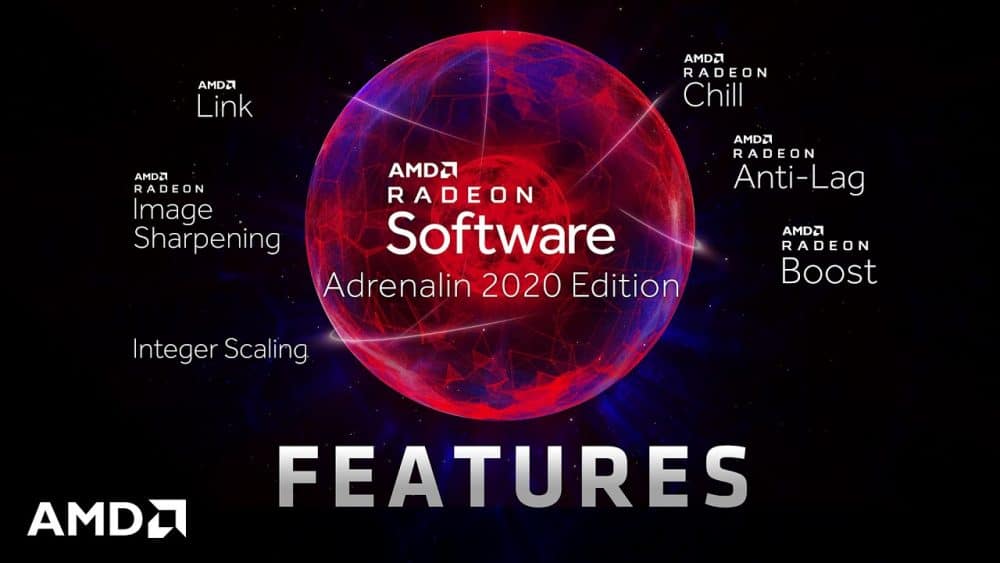Review of SSD-drives WD Green of the new revision of 120 and 240 GB: sometimes the price decides
– Today will will take a look at the Specs, Hashrate, CPU performance and also a testing of this SSD Drive. We will go into more details as it regards to the testing in the article below.
Table of contents
Introduction
| The modern economy is a relentless race to keep costs down. As a result, the constant change of “filling” in various SSDs has become completely commonplace. And let it be, but in the process of “updates” the real characteristics of drives change, and sometimes to such an extent that we can talk about the fact that fundamentally different solutions are being implemented under the guise of one model. And this is done both by the owners of full-cycle production facilities (or close to it), and by small firms that purchase finished products from the so-called ODM / OEM-manufacturers and label them under their own trademark. Moreover, as a rule, they are also characterized by two different policies of attitude to products: the first only occasionally make an update, the second – “what we managed to buy from the supplier, we release it.” Why is this happening? Isn’t it easier to announce the release of a new model rather than create confusion? No, it’s not easier. There is still the same prime cost: this indicator is made up not only of the actual production price – each new model must not only be announced, but also advertised. And for small firms that buy finished products, it is also the need to keep an additional staff of engineers involved in supply control, and purchasing managers are needed not just simple ones, but with some technical knowledge and education. That there are “extra” expenses. Thanks to our regular partner, Regard, we regularly publish materials on these “silent upgrades”, and this review is one of them. The subject of interest will be the well-known WD Green solid-state drive. | Review and testing of SSD-drives ADATA Ultimate SU650 120 and 240 GB  ADATA’s position in the retail SSD market is not only unusual, but even unique in many ways: no one else offers such a range of models. Moreover, the uniqueness here lies not only in the number of versions, but in the fact that they use the results of the work of various developers. We will try to deal with the youngest drive (2.5 “, SATA 6 Gb / s) in the company’s arsenal. |
SSD WD Green Review
Initially, the WD Green SSD models were marked as WDS120G1G0A and WDS240G1G0A (WDS120G1G0B and WDS240G1G0B in performance M.2 2280), but recently drives with the number “2” (for example, WDS120G2G0A) have started to hit the market.

The packaging now looks different: the box has become smaller in length and width, but more in thickness.

announcements and advertisements
-14000р на RTX 3060 ASUS Dual
RTX 3060 MSI Gaming – a drain for a penny
-15000р на RTX 3060 MSI Ventus
Prices for video cards went down steeply
-14000р на RTX 3060 Gigabyte Eagle
Another top vidyaha with a mega discount
RTX 3060 – prices have gone down
First-hand Z590 motherboards at very good prices
RTX 3060 12Gb in XPERT.RU – be in time 🙂
RTX 3070 at XPERT.RU at the lowest prices
Lots of RTX 3090 in XPERT.RU
The technical documentation on the official WD website has also been updated. This is what the old description looked like:

But this description is posted on the company’s website now:

The changes are quite interesting: not only the performance indicators, expressed in IOPS, have been removed, even the mention of the linear write speed has disappeared (which, in fact, is nonsense). At the same time, data on the resource on the record was excluded and MTTF suffered – instead of 1.75 million hours, only 1 million hours are now indicated. All indicators of energy consumption have increased.
All this can serve as an indirect sign of the transition to a more modest and less optimized hardware platform. There are still two volumes left – 120 and 240 GB.
Packaging and equipment

Even though the packaging has changed in size, it has essentially remained the same: thin cardboard, inside which is embedded a form of transparent plastic with a drive fixed in it. There is no equipment available.
Visual inspection
WD Green is made in a 2.5 “7 mm form factor in a plastic case, the halves of which are also locked by means of a system of latches – there are also no changes here.

A label with data about the drive is glued to the bottom of the case: name, volume, model number, warranty number, date and place of assembly, supply voltage and maximum possible power consumption (which has increased: previously it was 0.7 A). Only the design of the label has slightly changed, there is no fundamental difference in the content.
Let’s open the 120 GB modification and compare it with the old modification of the same size:

Front of WD Green: G1 on the left and G2 on the right.

Back of WD Green: G1 on the left and G2 on the right.
The main news: the project of SanDisk’s own controllers, which was previously used, for example, in the “unnamed” SSD SanDisk and SanDisk U110, which did not shine at all with speed, and which disappeared from retail SSDs some time ago, has been brought back to life.

The markings are difficult to catch when shooting, so they were shot at an angle.
The controller microcircuit is labeled SanDisk 20-82-00469-2 S737-PG1C76.0000 SDC1 TAIWAN and its technical component is anyone’s guess.

SanDisk flash memory is uniquely labeled and difficult to identify. Since last year, SanDisk is moving to flash memory with a vertical arrangement of cells (3D V-NAND, as Toshiba and SanDisk call it, BiCS) – this is the most cost-effective option for use in such a cheap SSD. The marking scheme has also changed and repeats what we have seen, for example, in SanDisk Ultra 3D. So it is most likely that we have a 64-layer TLC 3D V-NAND with a capacity of each 256 Gbps die.
The real volume of the tested drives is 128 and 256 GB. But the volume is traditionally indicated in decimal system (to indicate the volume, 1 GB is used equal to 1,000,000,000, and not 1,073,741,824 bytes). Therefore, in reality, the user has access to only 111.8 and 223.58 GB, the remaining volume of the controller’s firmware operates for service purposes: to increase the speed of the drive, in order to level out wear, as a reserve pool to replace failed memory cells and other service needs.
Software part
The updated WD Green is also recognized by the microcode version:

This is “U **** RL”. In the “old” WD Green based on Silicon Motion controllers, it looked like “Z ****”.
There are 25 parameters in SMART:


- 05 – Reassigned block count – the number of reassigned sectors;
- 09 – Power On Count – the number of hours worked;
- 0C – Power Cycles – number of inclusions;
- A5 – SLC Block Erase Count – erase blocks in SLC mode;
- A6 – Minimum P / E Cycles – the minimum number of rewrites in the flash memory array;
- A7 – Maximum Bad Blocks per Die – the maximum number of bad blocks in the crystal (the memory crystal with the highest value is selected);
- A8 – Maximum P / E Cycles – the maximum number of cell rewrites in the array;
- A9 – Total Bad Blocks – total number of bad blocks across the entire memory array;
- AA – Grown Bad Blocks – total number of bad blocks in the entire memory array taken out of circulation;
- AB – Program Fail Count – number of cell programming failures;
- AC – Erase Fail Count – number of cell erasing failures;
- AD – Average P / E Cycles – average number of rewriting cells in the memory array;
- AE – Unexpected Power Loss Count – number of unexpected power outages;
- BB – UECC count – number of uncorrected ECC errors;
- BC – Command Timeout Count – number of failed commands;
- C7 – SATA CRC Errors – the number of errors in data transmission over the SATA interface;
- E6 – Media Wearout Indicator – indicator of the use of the resource of the drive in percent (from 0% to 100%)
- E8 – Available Reserve Space – the remainder of the reserve area used to replace worn-out cells, in percentage (from 100% to 0%);
- E9 – NAND GB Written to TLC – the amount of data in gigabytes written to the memory array in TLC mode;
- EA – NAND GB Written to SLC – the amount of data in gigabytes written to the memory array in SLC mode;
- F1 – Host Write – volume in gigabytes of data written via the SATA interface;
- F2 – Host Read – volume in gigabytes of data read via the SATA interface;
- F4 – Temperature Throttle Status – the current status of the drive (in the temperature protection mode or in normal mode).
WD’s proprietary WD SSD Dashboard software package (essentially a SanDisk SSD Dashboard with redesigned logos and colors) can be downloaded from the WD website to work with these devices.













Here you can see the general state of the drive, the degree of its current use, temperature, wear, SMART, disable or enable TRIM, enable monitoring of the device load, carry out a complete cleaning of the drive (and create an offline bootable USB drive), update the firmware (as from the server WD or from a file), configure the application to start automatically when the operating system boots, and send an email notification in case of crashes or potential problems.




